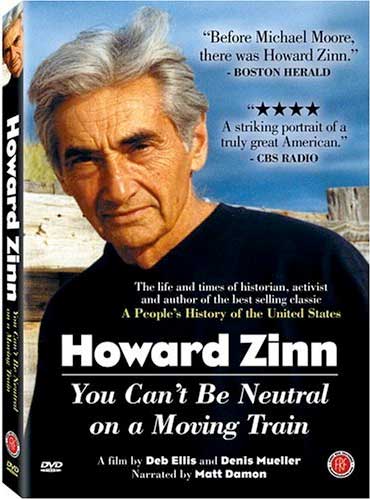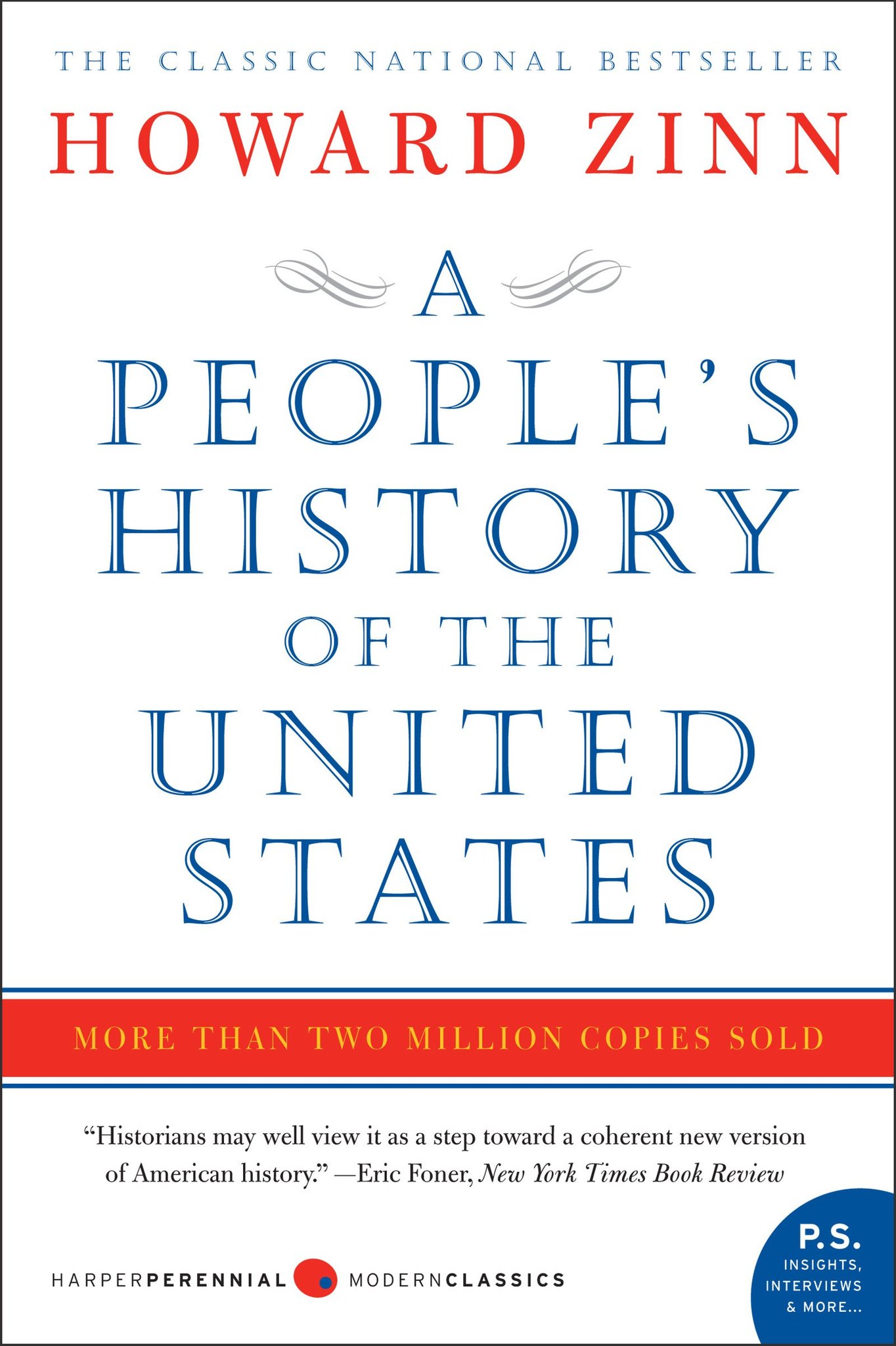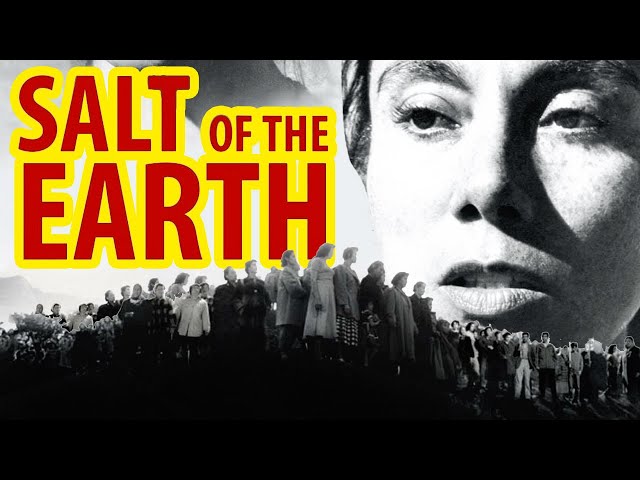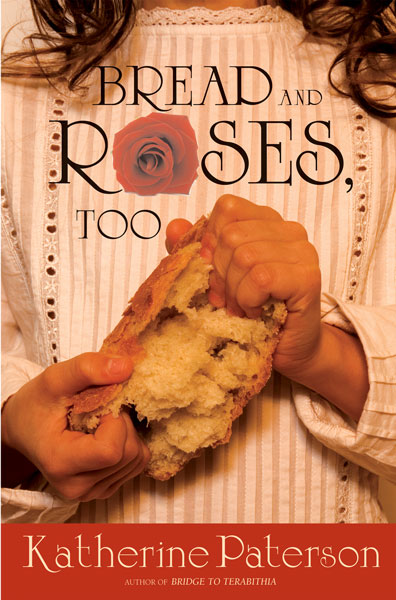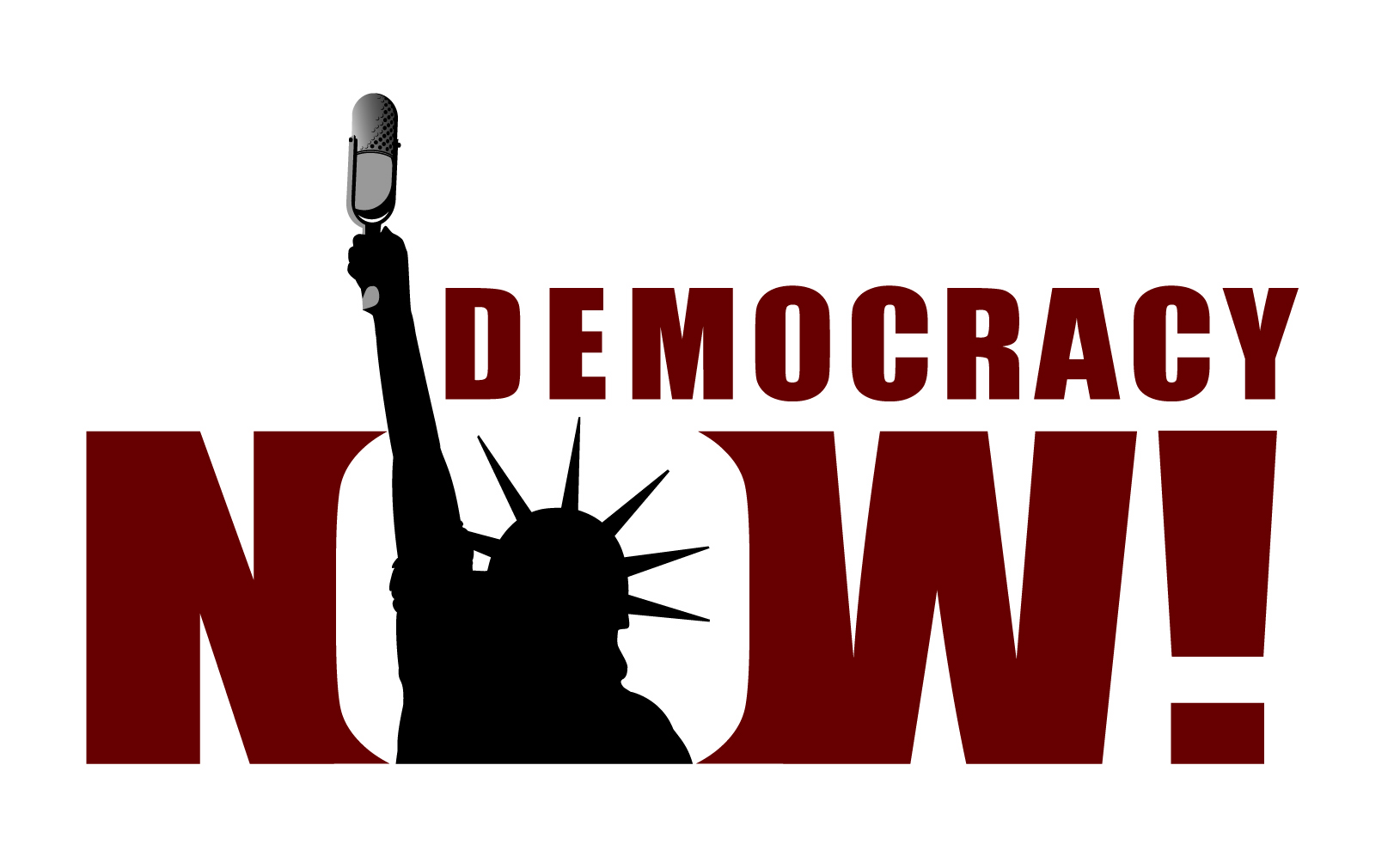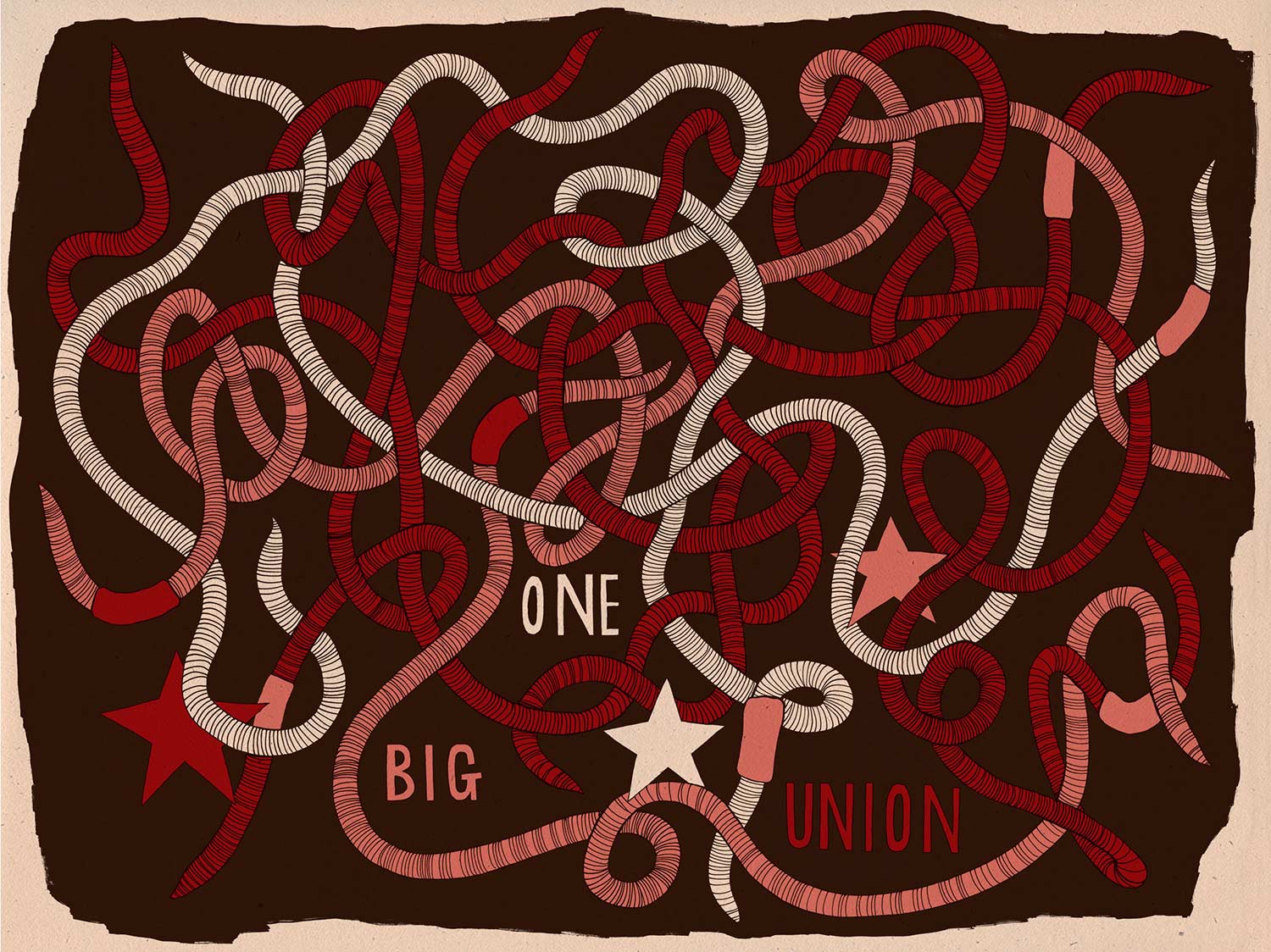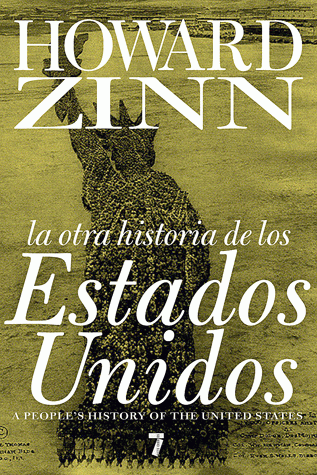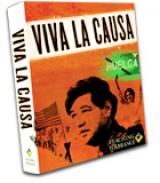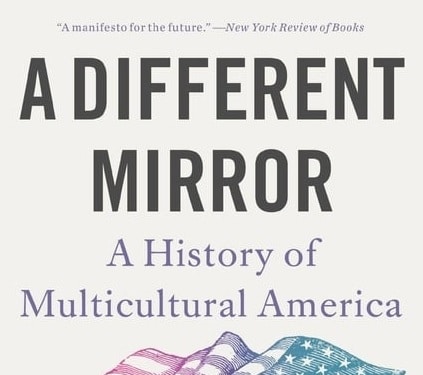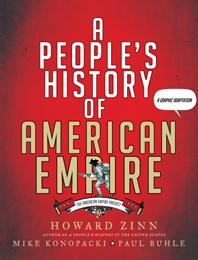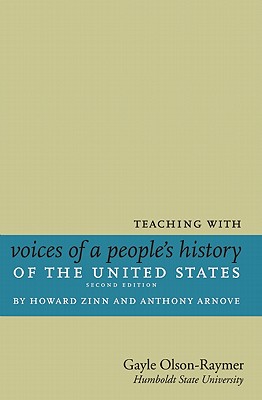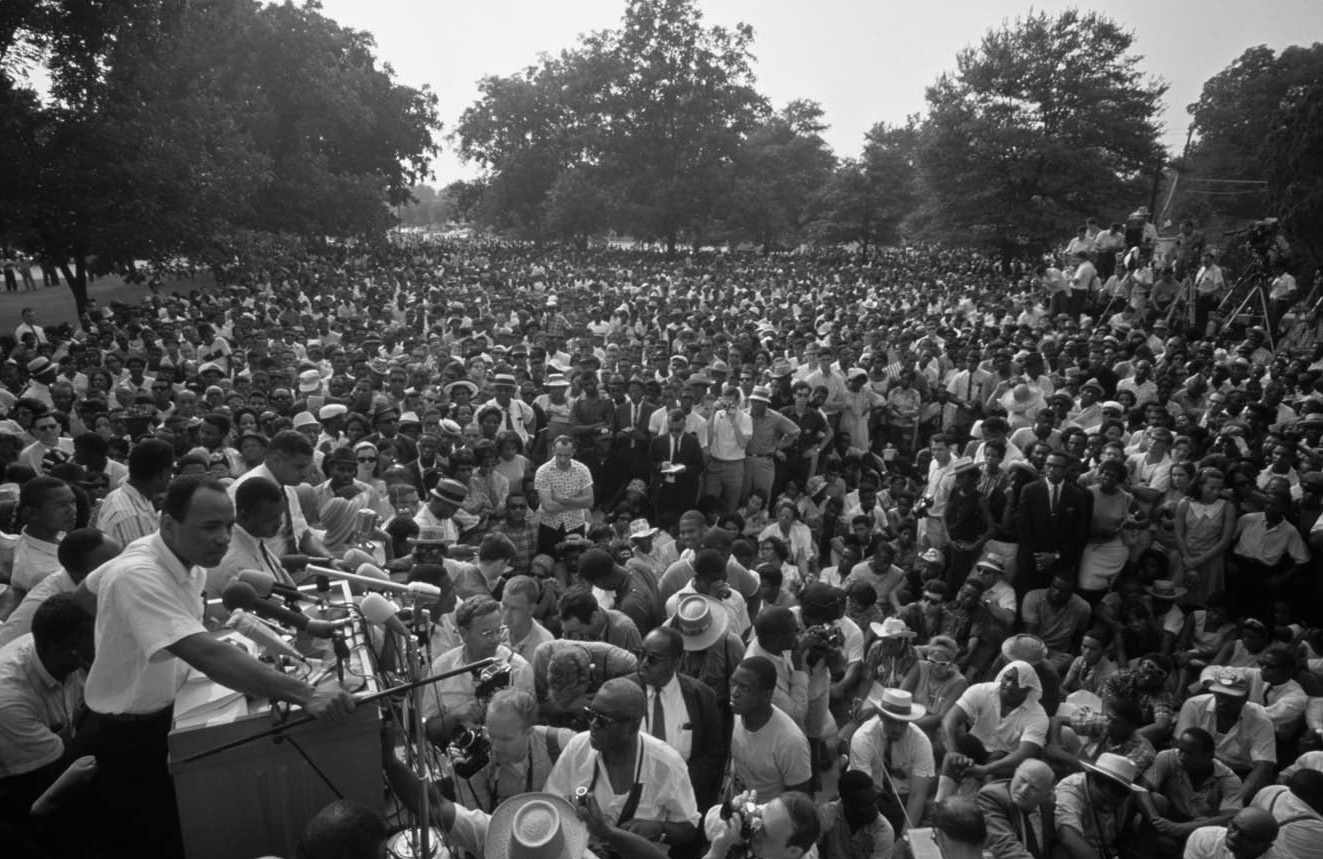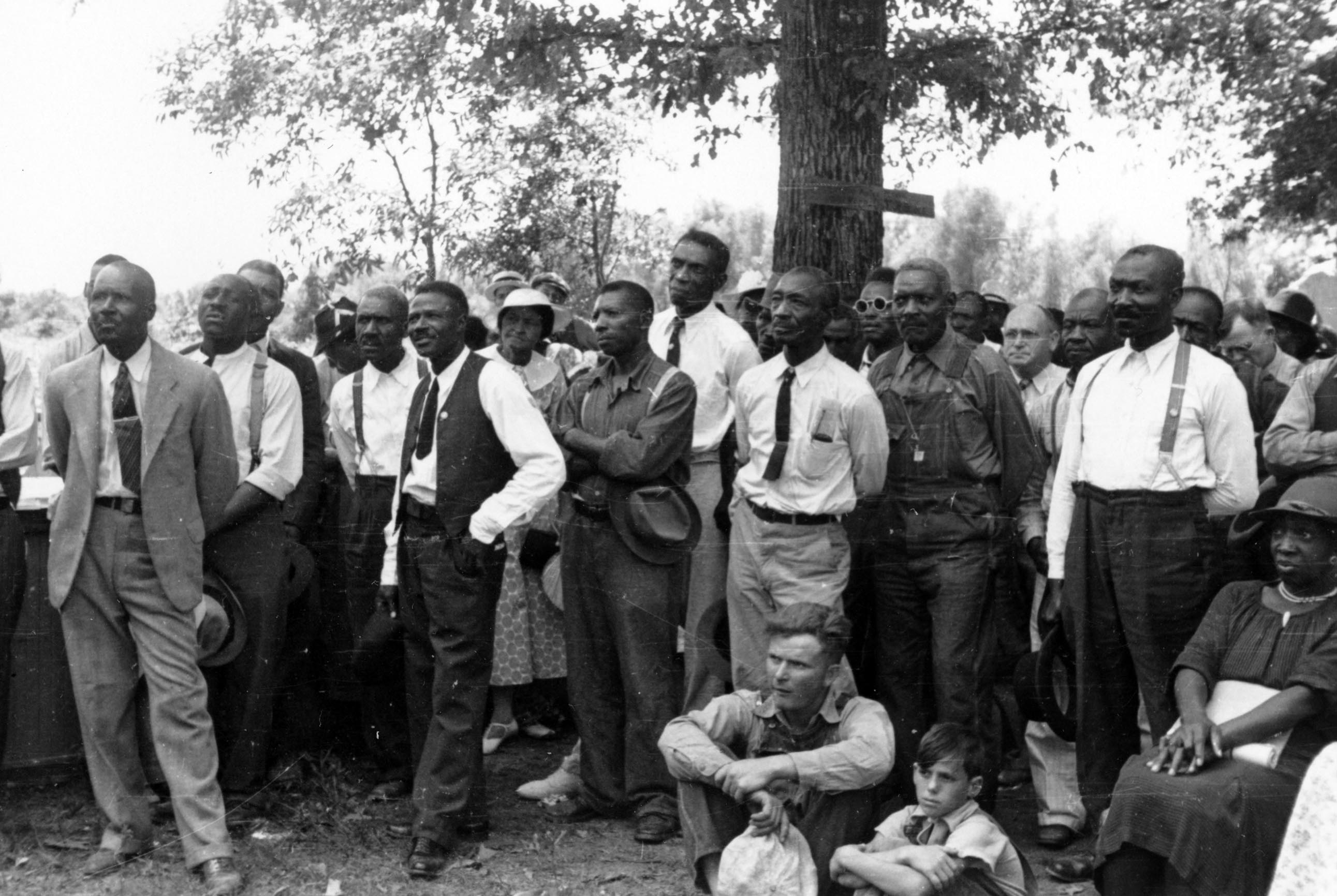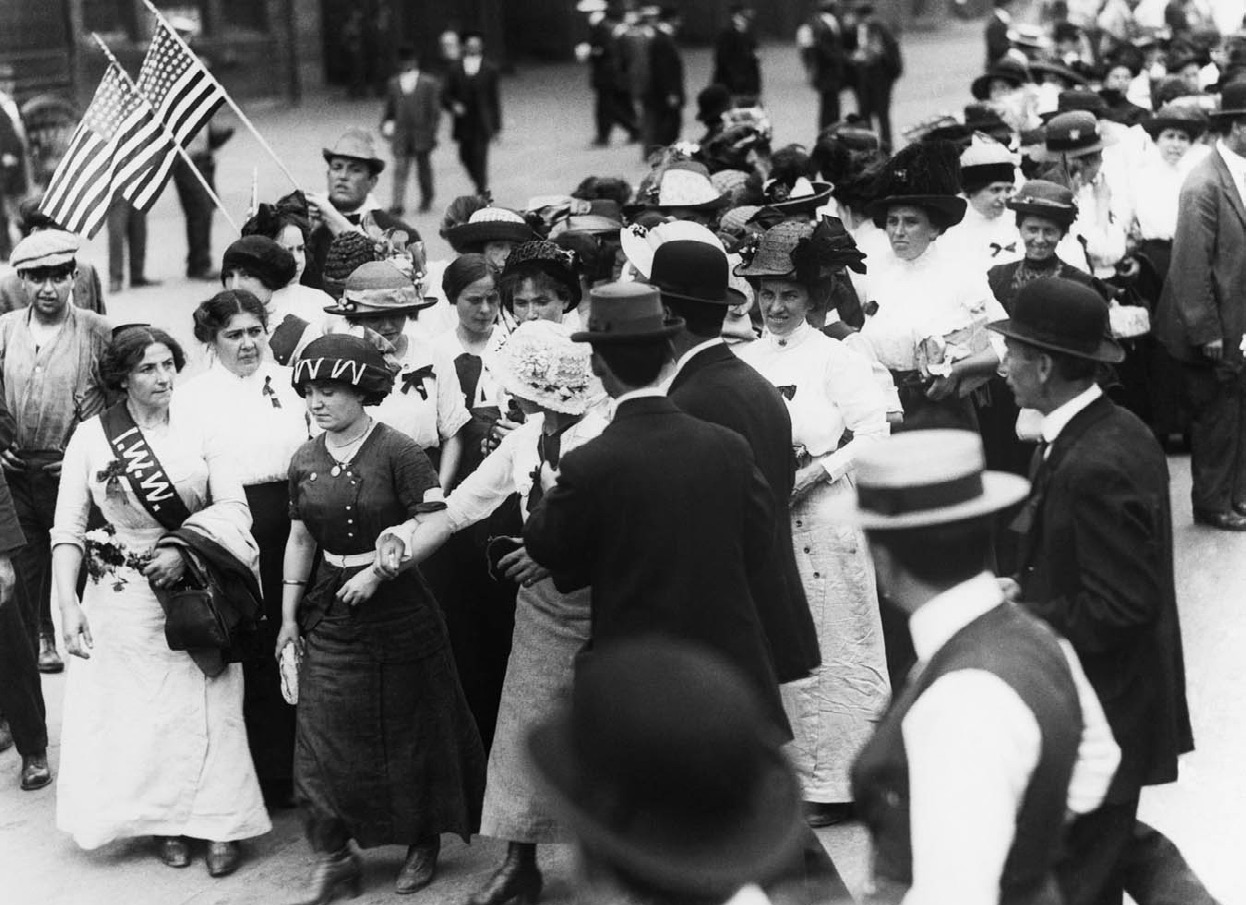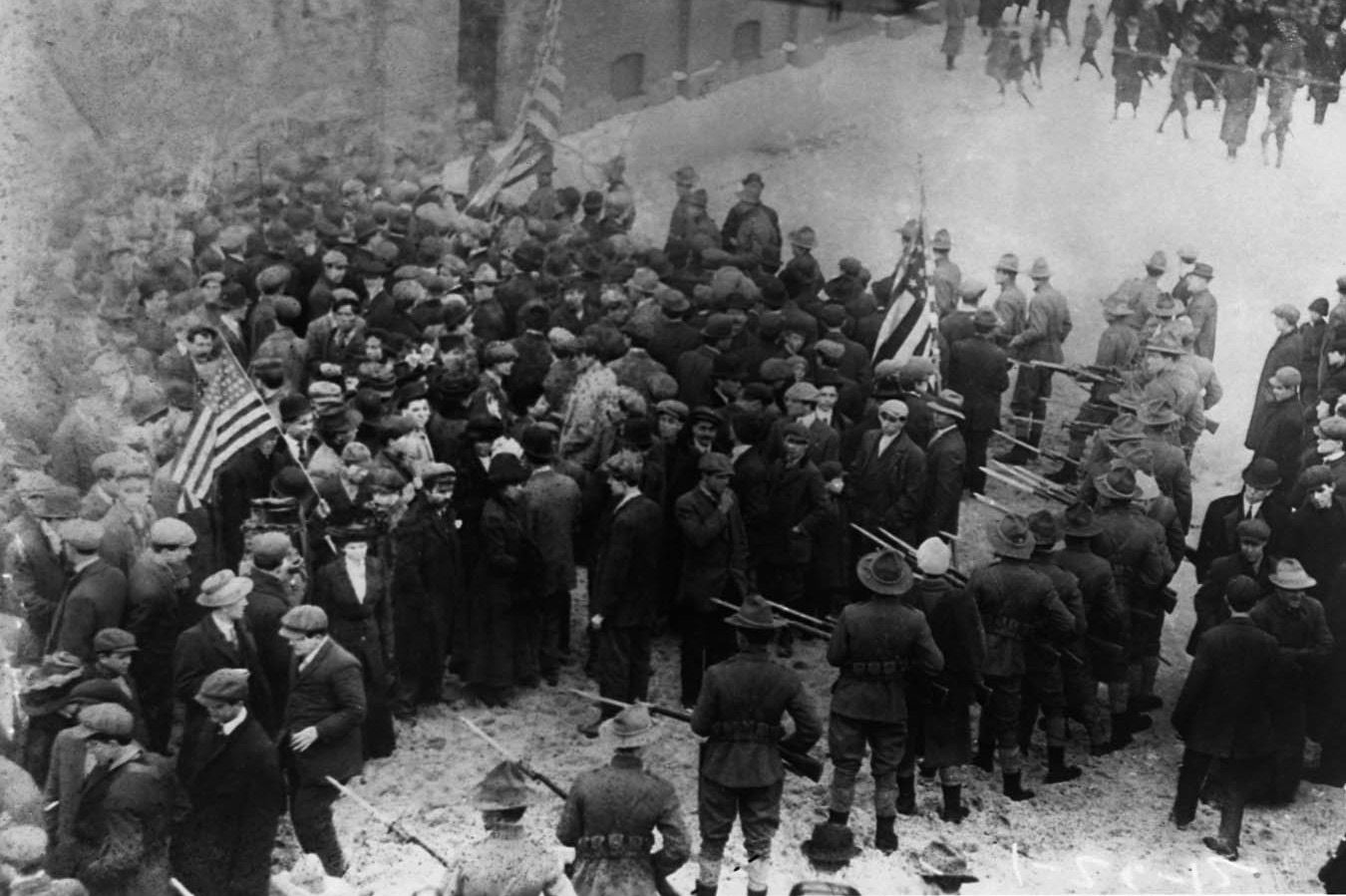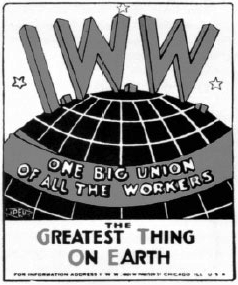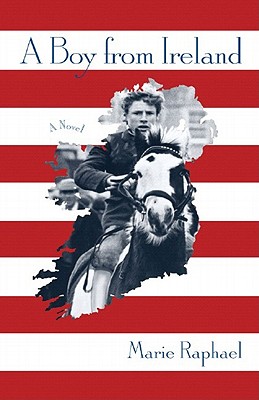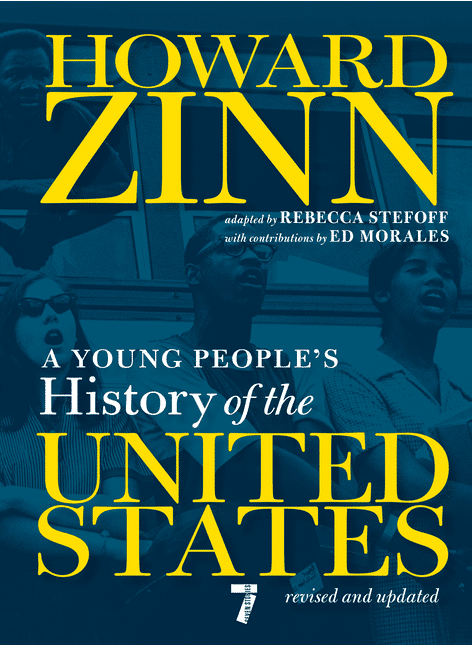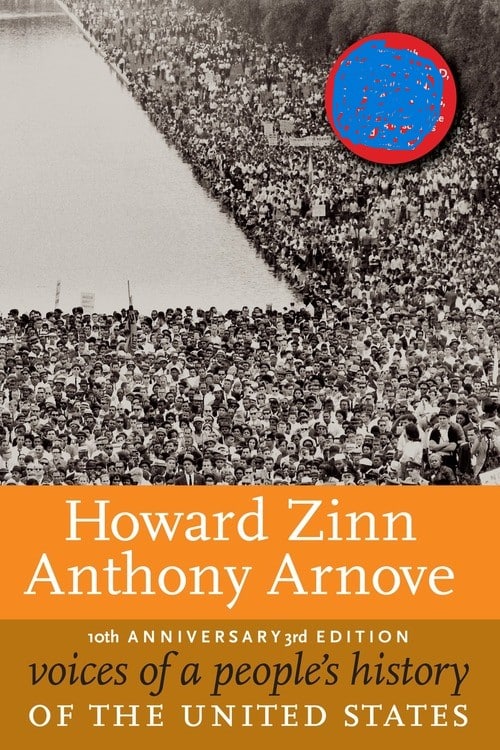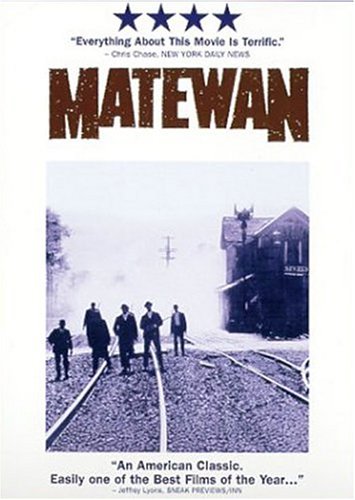Film. By Deb Ellis and Denis Mueller. 2010. 78 minutes.
Documentary on life and work of Howard Zinn.
Continue reading
Book — Non-fiction. By Howard Zinn. 2005, with a new introduction by Anthony Arnove in 2015. 784 pages.
Howard Zinn's groundbreaking work on U.S. history. This book details lives and facts rarely included in textbooks—an indispensable teacher and student resource.
Continue reading
Teaching Activity. By S. J. Childs. Rethinking Schools. 6 pages.
The author describes how she introduces students to the classic 1953 film, Salt of the Earth, about a miners’ strike in New Mexico.
Continue reading
Book — Fiction. By Katherine Paterson. 2006. 275 pages.
Moving young adult historical-fiction novel based on a major strike in Lawrence, Mass., in 1912.
Continue reading
Teaching Guide. By Bill Bigelow and Norm Diamond. 1988. 184 pages.
Role plays and writing activities project high school students into real-life situations to explore the history and contemporary reality of employment (and unemployment) in the U.S.
Continue reading
Radio program and podcast.
Daily news radio program, hosted by Amy Goodman and Juan Gonzalez, with voices rarely heard in corporate media.
Continue reading
Teaching Activity. By Bill Bigelow and Norm Diamond.
Role play on the 1912 Bread and Roses strike in Lawrence, Mass.
Continue reading
Book — Non-fiction. By Howard Zinn. Translated by Toni Strubel. 2011 (translation). 512 pages.
A People's History of the United States in Spanish.
Continue reading
Film. Bill Brummel Productions. 2008. 39 minutes.
A documentary film and teaching guide on the grape strike and boycott led by Cesar Chavez and Dolores Huerta in the 1960s.
Continue reading
Book — Non-fiction. By Ronald Takaki, with a foreword by Clint Smith. 2023. 576 pages.
A multicultural history of the United States, in the voices of Indigenous people, African Americans, Jews, Irish Americans, Asian Americans, Latinos, and others.
Continue reading
Book — Non-fiction. By Howard Zinn and Mike Konopacki. 2008. 288 pages.
Graphic format with photos and narrative introduce parts of U.S. history.
Continue reading
Teaching Activity. By Gayle Olsen-Raymer. 15 pages.
Questions and teaching ideas for Chapter 3 of Voices of a People's History of the United States on the role and dissent of indentured servants in American colonial history.
Continue reading
Teaching Activity. By Larry Miller. Rethinking Schools. 6 pages.
Story and discussion questions about a teacher's own experience of labor solidarity.
Continue reading
Teaching Activity. By Bill Bigelow and Norm Diamond. 12 pages.
Role play on farm labor organizing in the 1930s shows how racism had to be challenged to create effective worker alliances.
Continue reading
Teaching Activity. By Dale Weiss. Rethinking Schools. 3 pages.
A teacher's reflections about a curriculum unit on women's rights contextualizes the history of the feminist movement within the broader struggle of people working for greater equality in the United States.
Continue reading
Reading for Teachers. By Bill Bigelow. 7 pages.
Author describes how students applied strategies from the Lawrence strike to their own present day activism.
Continue reading
Teaching Activity. By Gayle Olson-Raymer. 16 pages.
Questions and teaching ideas for Chapter 10 of Voices of a People's History of the United States" on "The Other Civil War — the class conflict fought by the poor in the north and south.
Continue reading
Teaching Activity. By Gayle Olson-Raymer. 18 pages.
Questions and teaching ideas for Chapter 11 of Voices of a People's History of the United States on the Gilded Age.
Continue reading
Teaching Activity. By Gayle Olson-Raymer. 17 pages.
Questions and teaching ideas for Chapter 13 of Voices of a People's History of the United States on the labor movement at the turn of the century.
Continue reading
Teaching Activity. By Gayle Olson-Raymer. 20 pages.
Questions and teaching ideas for Chapter 15 of Voices of a People's History of the United States on the economic and social realities of the 1920s and 1930s, as well as the corresponding rise of unions and the Communist Party.
Continue reading
Book — Non-fiction. Gary Soto. 2002. 116 pages.
An inspiring story of Jessie De La Cruz, one of the first women to organize for the United Farmer Workers.
Continue reading
Book — Fiction. By Marie Raphael. 2007. 217 pages.
Historical fiction about the life of the Irish in New York City at the beginning of the 20th century for ages 12+.
Continue reading
Book — Non-fiction. By Howard Zinn, adapted by Rebecca Stefoff with additions by Ed Morales. 2022. 544 pages.
A young adult version of the best-selling A People’s History of the United States, ideal for 6th through 9th grade students.
Continue reading
Book — Non-fiction. Edited by Howard Zinn and Anthony Arnove. 2014. 704 pages.
Speeches, letters, poems, and songs for each chapter of A People's History of the United States.
Continue reading
Film. Written and directed by John Sayles. 1987. 132 minutes.
A feature film depicting a strike in a mining town in Appalachia and the struggle for solidarity across racial lines.
Continue reading

